
Blackfish have always been a popular and beloved target in southern New England. As you may know, I have been writing the Connecticut Report for The Fisherman Magazine for more than a decade and I have always marveled at the anticipation that mounted by the day as the October opening for the fall season approached. The shops would promise to have crabs on hand, days in advance, so that the tog obsessed could secure their bait well ahead of time ensuring that they could leave well before sunup without a stop at the bait shop to move them back in the line at the ramp. I have to admit, I never understood it until about four years ago when my friend and bottom fishing enthusiast, John Lee, invited me out for a day of togging from the rocks of Narragansett. I guess I just never considered how much fun it could be, how different the hits were, how fast you had to be to bury the hook. I guess I assumed that it was all about the meat and not about the method, or the attention to the spot or the stubborn battles they put on. I guess sometimes I’m too thickheaded to remember that I haven’t yet tried a style of fishing that I didn’t find enjoyable.
Going Mainstream
But the rigs and the knives and buckets of gurgling crabs seemed to not appeal to the mainstream angler. Nor did the old-school conventional reels—no levelwind, lever drag—or the super-beefcake rods, like those ones you find at yard sales and toss aside without a second thought. Blackfish was unquestionably a blue-collar fish. That all changed with the advent of the blackfish jig.
The jig changed everything. First and foremost, it changed the gear; fast but light spinning rods replaced the yard sale pool cues, fast pickup spinning reels replaced the Abu’s and Newell’s. And then, the jig makers went genius and started making them in a wide range of colors—suddenly blackfishing had a component to obsess over. And just like plugs for striper fishing, or Epoxy Jigs for albies, every hue had its worshippers. Orange, green, black, brown, white, glow in the dark… suddenly, togging went from a spool of mono, a pack of hooks, a handful of bank sinkers and a bucket of crabs to boxes full of jigs in 9 colors, 13 weights and 5 styles. And with this new development, huge numbers of sport fishermen made the choice to target togs. You’ll find a full complement of styles colors and sizes in the Blackfish Jigs section of our website.
The Visual
There are two ways to fish a tog jig, the first is really not that much different than ordinary bait-dunking. You hook the crab on the jig and drop it to the bottom. The advantage is that the weight and the bait are one-and-the-same, this means the bait stays right on the bottom and, therefore, it’s in the strike zone the whole time—(provided you’ve chosen the proper jig weight to tend bottom). The other method (I think) stems from the belief that blackfish are territorial and will hang on the same reef for a period of weeks before water temps force them to move. As more and more fish on that piece of bottom are hooked, the ones that remain become more and more selective and sometimes may ignore a conventional rig, perhaps because it’s an unnatural presentation of their natural forage. Fishing a crab on a jig allows the angler to present it in a way that the blackfish are more accustomed to, anglers can cast the jigs into structure and essentially ‘crawl’ them over the rocks—mimicking the actions of a live crab in the wild.

Choosing a Jig
Jig choice is more a matter of confidence and personal preference than anything else, we have seen the firsthand evidence that all of these jigs catch fish. As the method has evolved, most jig makers have opted for a head style that attempts to keep the hook pointed up and (hopefully) away from the rocks. But no jig is immune to hanging up, in fact, most snags probably originate from the jig falling into a crevice and becoming lodged there. Basically, the main things to pay attention to are having a variety of weights on hand to deal with all of the depths and current/wave conditions you’re likely to encounter while fishing and choosing a jig that comes with a sturdy and sharp hook. We have done the hard work for you there, as we feel that we carry a good variety of best jigs on the market, that all feature high-quality hooks.

Color Theory
I have talked to quite a few fishermen about tog jig colors and I have received enthusiastic votes for every hue on the rack from someone along the way. There seem to be two schools of thought; either you’re trying to hide the jig by choosing a color that’s likely to ‘disappear’ in the underwater environment like black, brown, gray or dark green or you’re trying to use the color of the jighead to draw attention to your crab by sending a color down there that the togs don’t really ever see; flame orange, chartreuse, glow in the dark… you get the idea. Some will take it step further by attempting to assign situations to philosophies, I’ve heard many say that the bright colors are best on rougher days with cloudy water and the camouflage colors are a better pick for calm seas and/or clear water. I even spoke to one guy last fall that swore by charging the glow jigs with his iPhone flashlight before dropping his jig down into depths of 50 to 60 feet. It makes sense, the light is greatly diminished at that depth and a glowing jig would certainly stand out, but I also had to wonder if his phone was forever impregnated with crab stank.
Rigging for Jigging
We highly recommend using braided line because of its sensitivity, some anglers go as low as 10-pound test, but we recommend staying closer to 30-pound and would suggest a four-carrier line like Original PowerPro for its superior abrasion resistance. In any high-abrasion situation you can increase your chances of landing a bigger fish by using a longer leader—you’ll hear many hardcore toggers saying a 3-foot leader is all you need, and I’m certain it will work just fine. However, I have used leaders closer to 5 feet when fishing for tog, with an Albright or FG Knot to join my leader and braid—leader strengths between 20 and 50 pounds will cover all the bases—I suggest using Ande Mono Leader Material for the heavier leaders and then going with Seaguar Premium for the lightest leaders. The jig is then tied to the business end of the leader using the knot of your choice, but many hardcore toggers swear by some incarnation of the loop knot to give the jig maximum freedom on the bottom.
Once you’re rigged up, you’ll need to impale a crab on the hook of the jig. Both Asian and green crabs will work just fine. If the crab is under the size of a half-dollar, you can just hook it whole, just do so in a way that ensures the crab will ride upright on the bottom. If the crab is larger than a half-dollar, use a pair of shears, like this very affordable pair made by Danco, or a knife to cut the crab in half and hook half of it onto the jig. Some anglers suggest pinching claws off will keep the crab out of trouble and make it appear more vulnerable to the fish—I don’t know how much of a difference it really makes, I’ve done both and had success using either method.
Carry That Weight
When picking a jig, the goal is to match the weight with the current and conditions so that the jig can tend bottom but not just plunk down and stay there—you want some movement regardless of how you plan to fish them. The process of fishing the jig is slow and the casts are usually quite short—typically no more than 20 yards. The reason a lighter, more responsive rod is used, is to ensure quick response to light hits and also make it possible to crawl the jig if you prefer that method. The hits can vary from very light pickups, to the sensation of losing contact with the jig as if something were just ‘holding it’, other times the hit may be a single hard rap or the signature tap-pause-CRUNCH that you may be used to when fishing conventional rigs for blackfish. Setting up on the fish with a tog jig could be compared to learning to hit changeup to the opposite field—you’ll feel that first crunch but you need to give that fish an extra heartbeat or two to get the crab in their mouth – wait for the second chew – and then cross their eyes. Hooking them can be a challenge, until you get the timing down, but that’s the fun part.

Gearing Up
Most anglers jigging for blackfish are using 6- to 7.5-foot spinning rods with a moderate/fast tip and some backbone in the lower half. The responsive tip is for crawling the jig, detecting light taps and quick hooksets, the beefy lower half is for winning the battle with these surprisingly strong and determined bottom feeders. Rods that fit the description are the G. Loomis IMX-PRO 843XF, the Lamiglas Black B7325F and Star Plasma 1225S76G. Slow pitch rods are also gaining favor on the reefs now, these rods are a little slower throughout the blank, but boast tremendous power while also offering forgiveness in the tip which helps keep fish hooked when they make a sudden dive for the bottom, the most popular models are the two heavier models of the Daiwa Harrier and the Shimano Grappler LJs. There are a wide range of reels that are up to the task, the unkillable Daiwa BG 3000 or 4000 is a great economical pick, the reliable and beloved Shimano Stradic 5000 would be a perfect mid-range choice, if you want to take the luxury route, try a Van Staal VR50 or if you want to go full Cadillac, try a Van Staal VS150 or a Shimano Stella 4000.
If you’ve read this far, you’re either already buried in the blackfish obsession or you’re thinking about it. Take my word for it, jigging for tog is a lot of fun and these fish will amaze you with their power when you hook up. If you love to fish, you will quickly find a love for tog jigging. If you love to eat fish, you’ll be hard-pressed to find a more versatile participant that the tautog. High time is now, gear up and get out there.




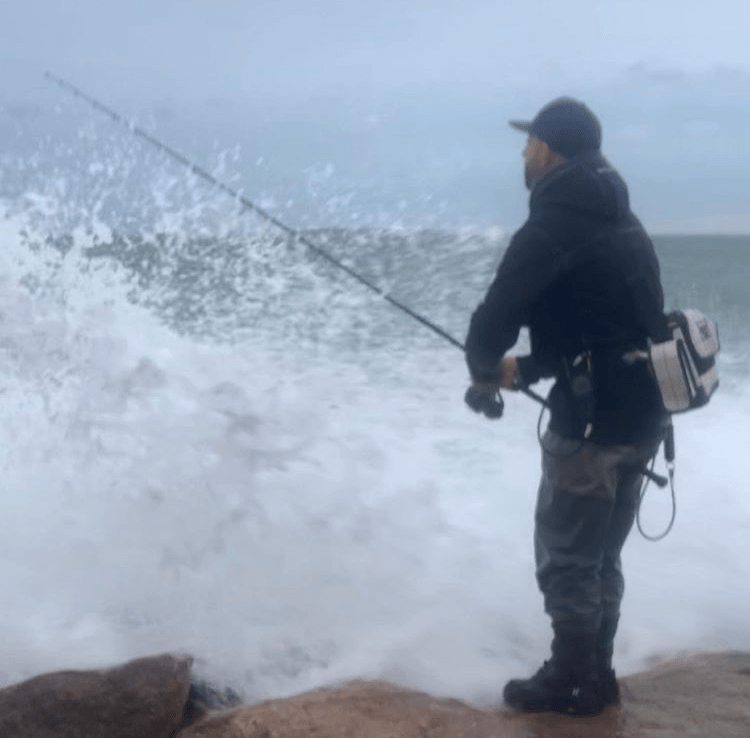

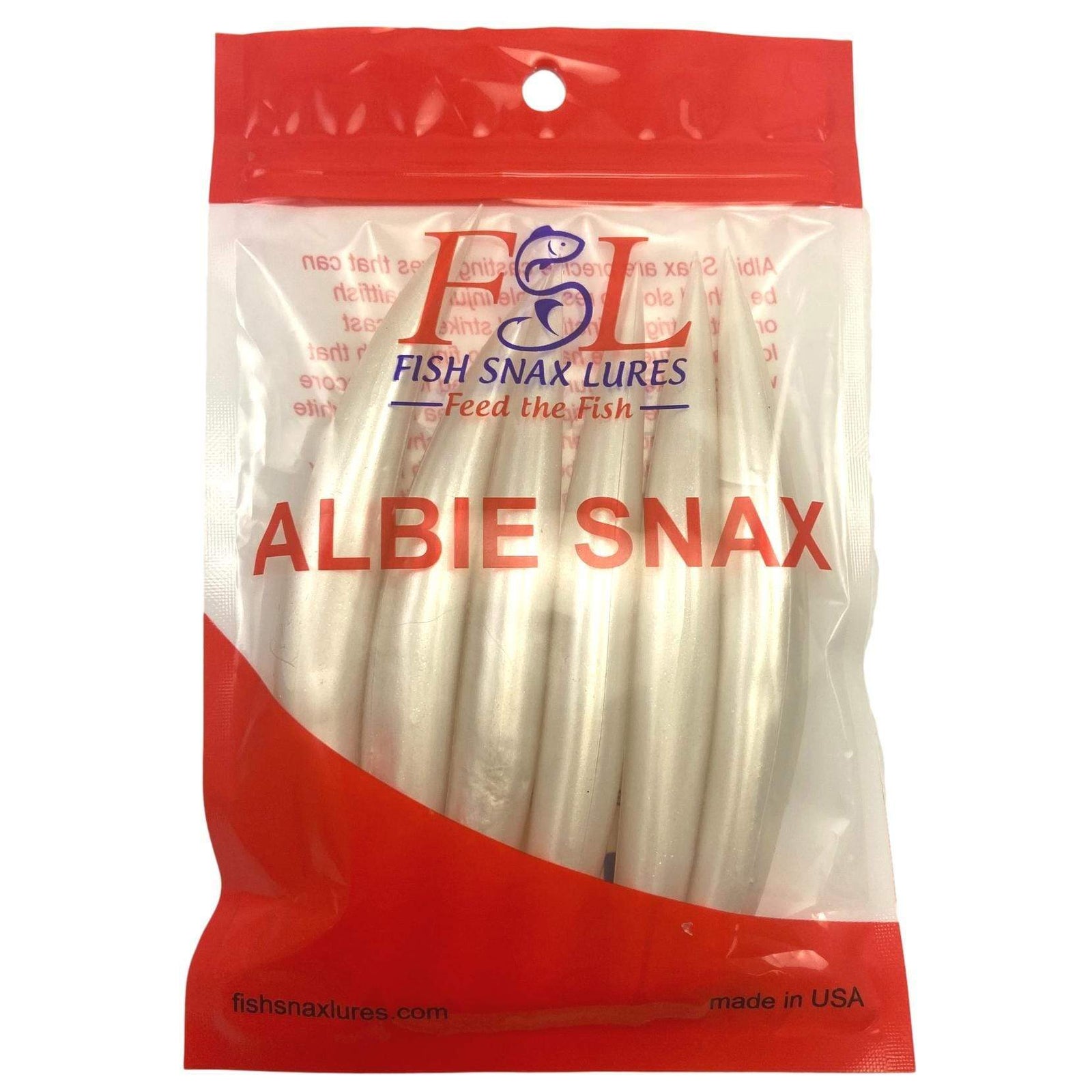

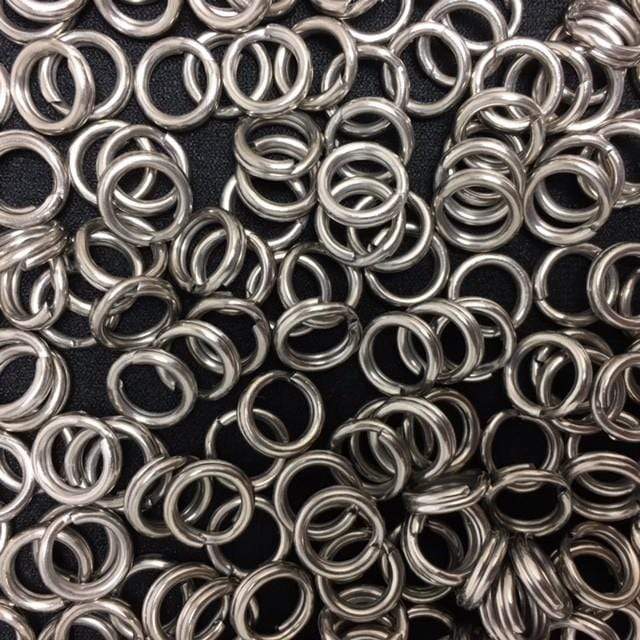


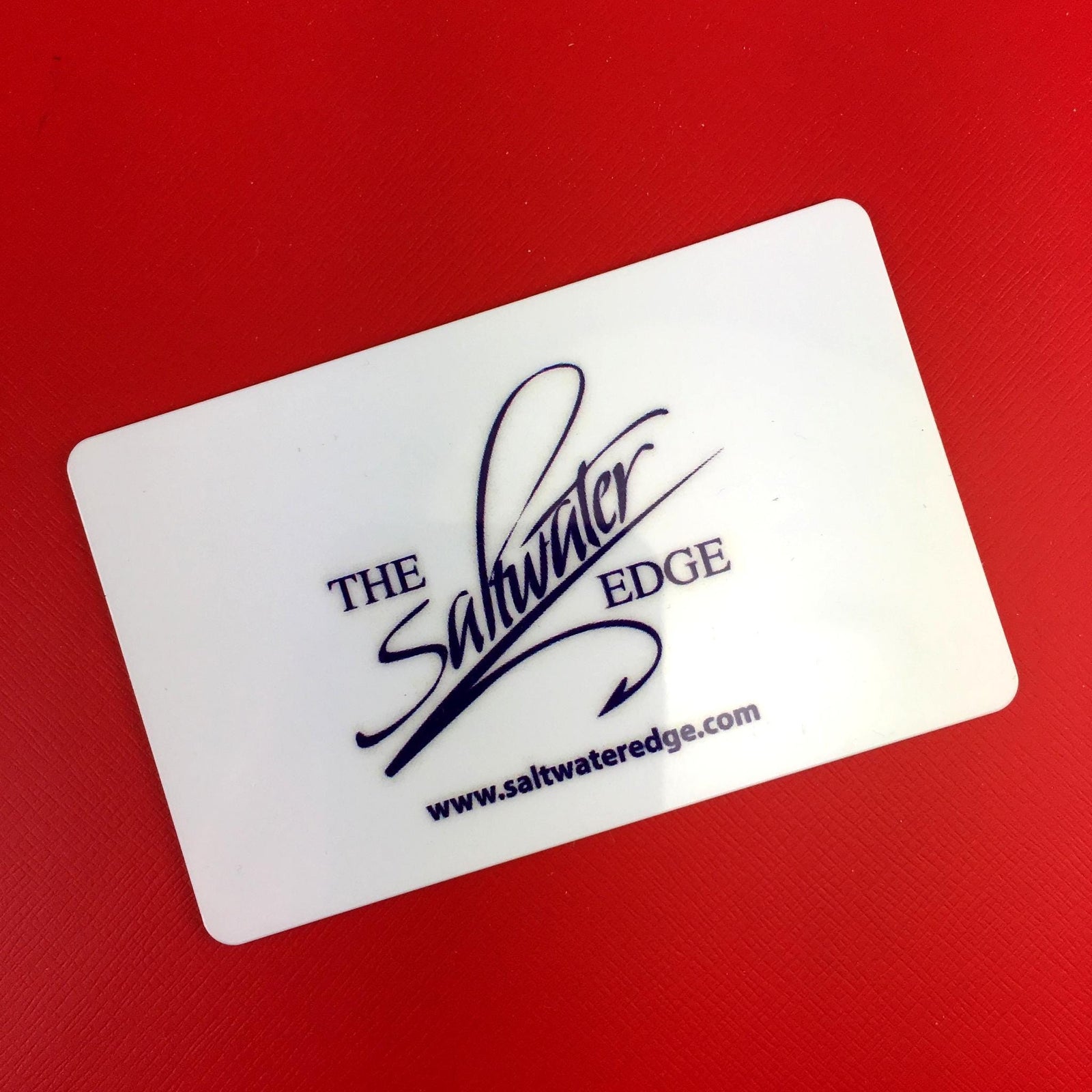
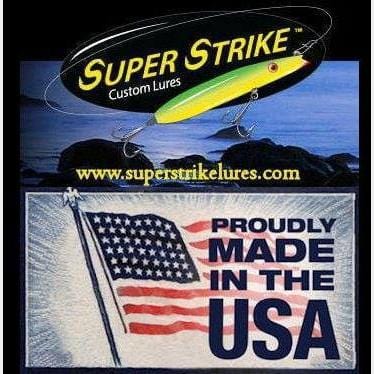

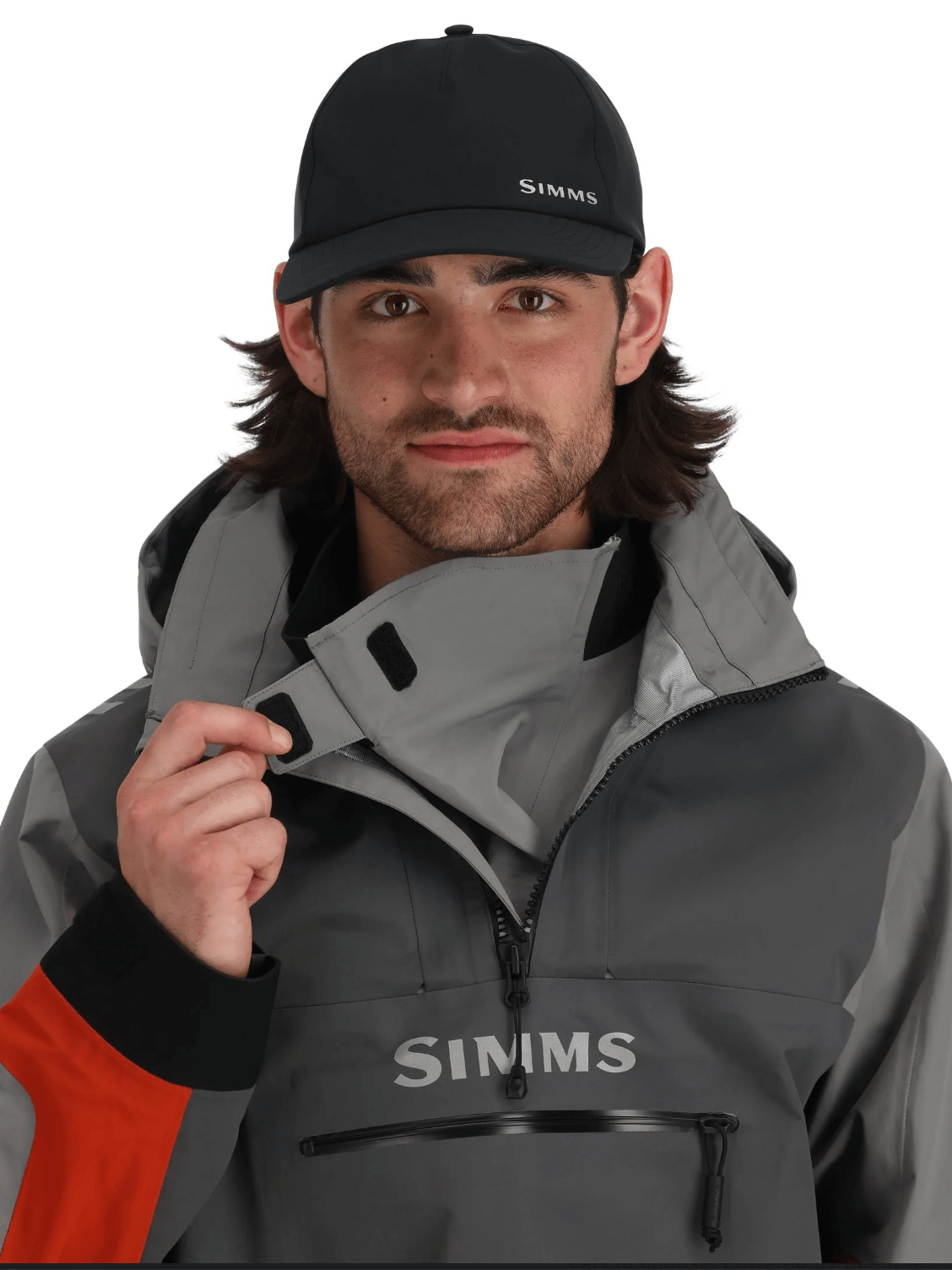

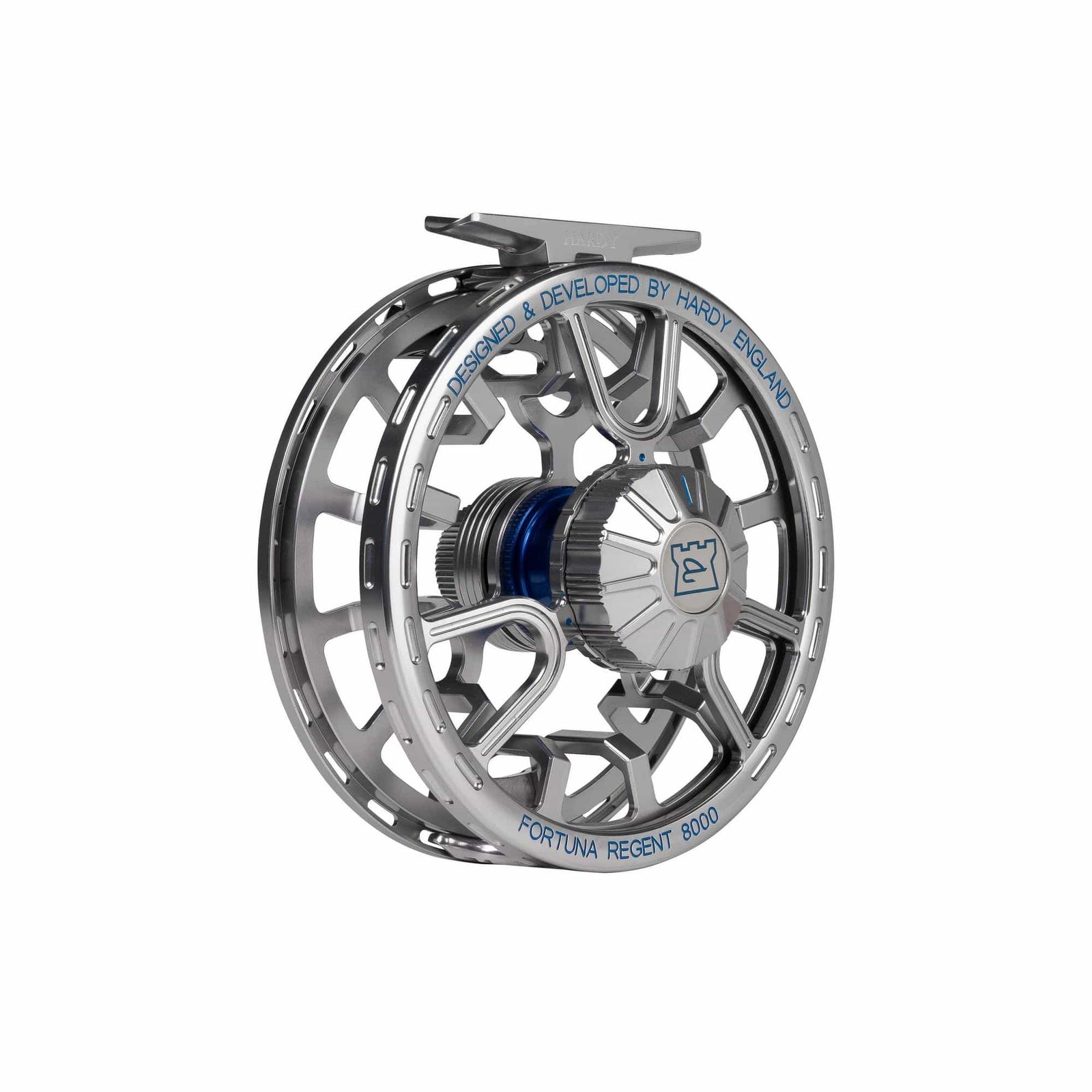
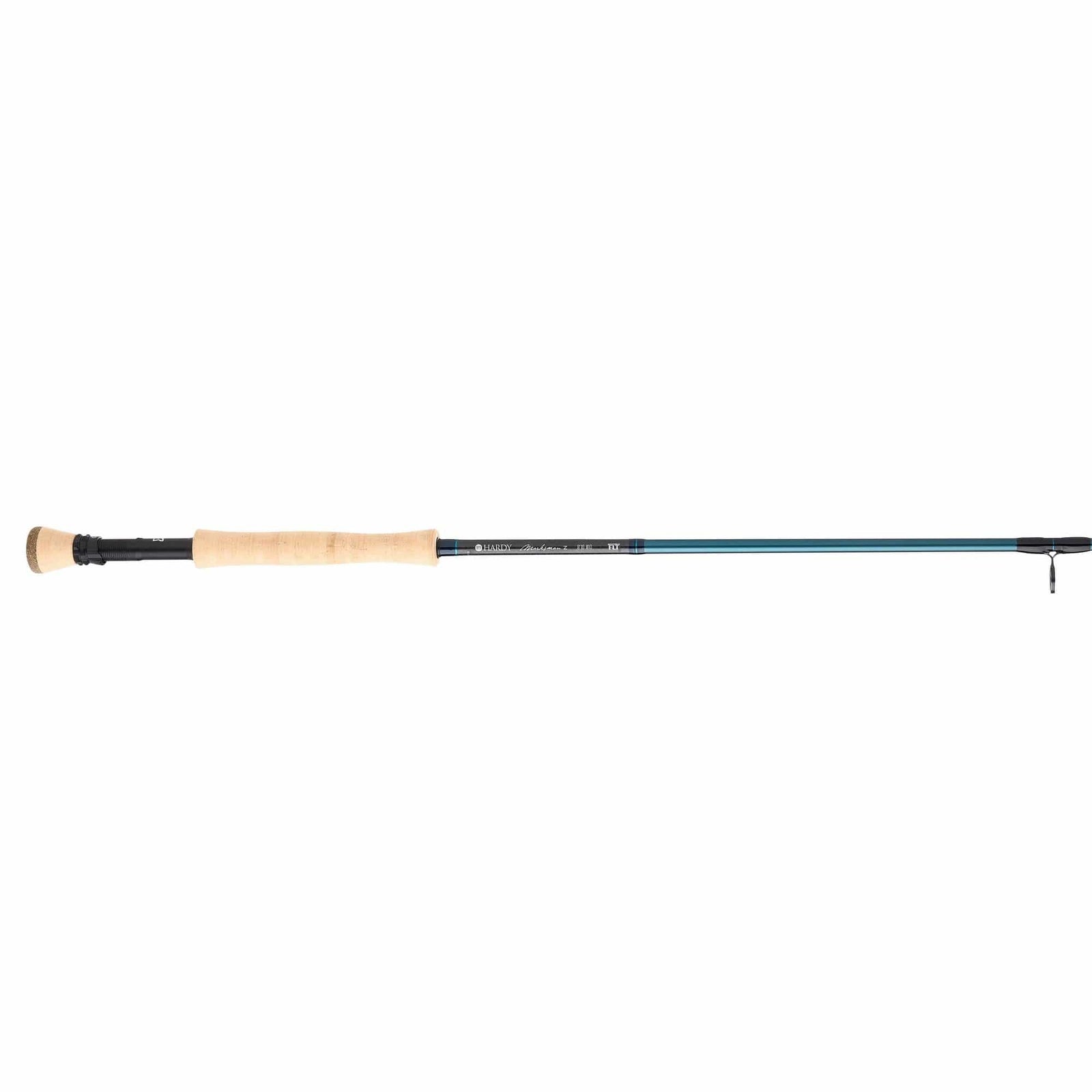

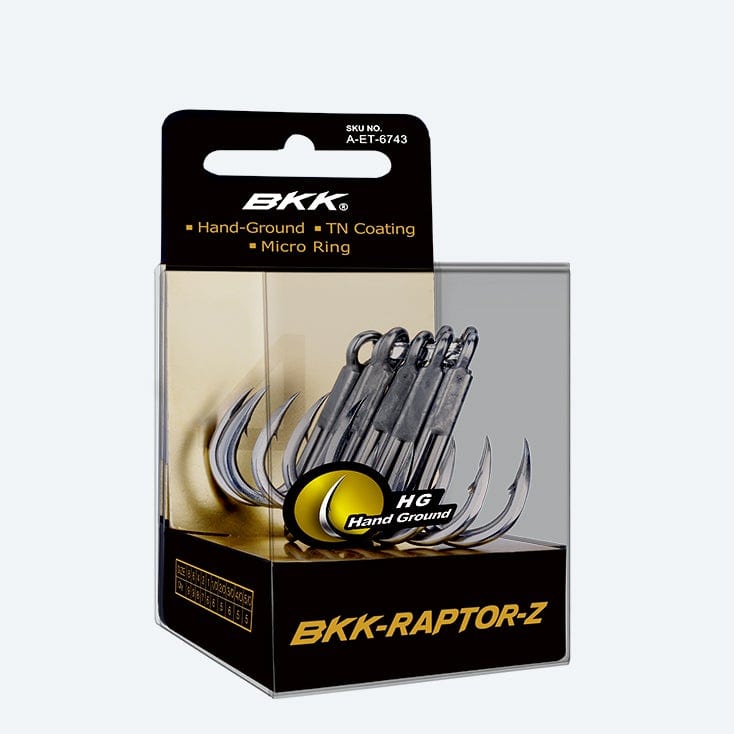

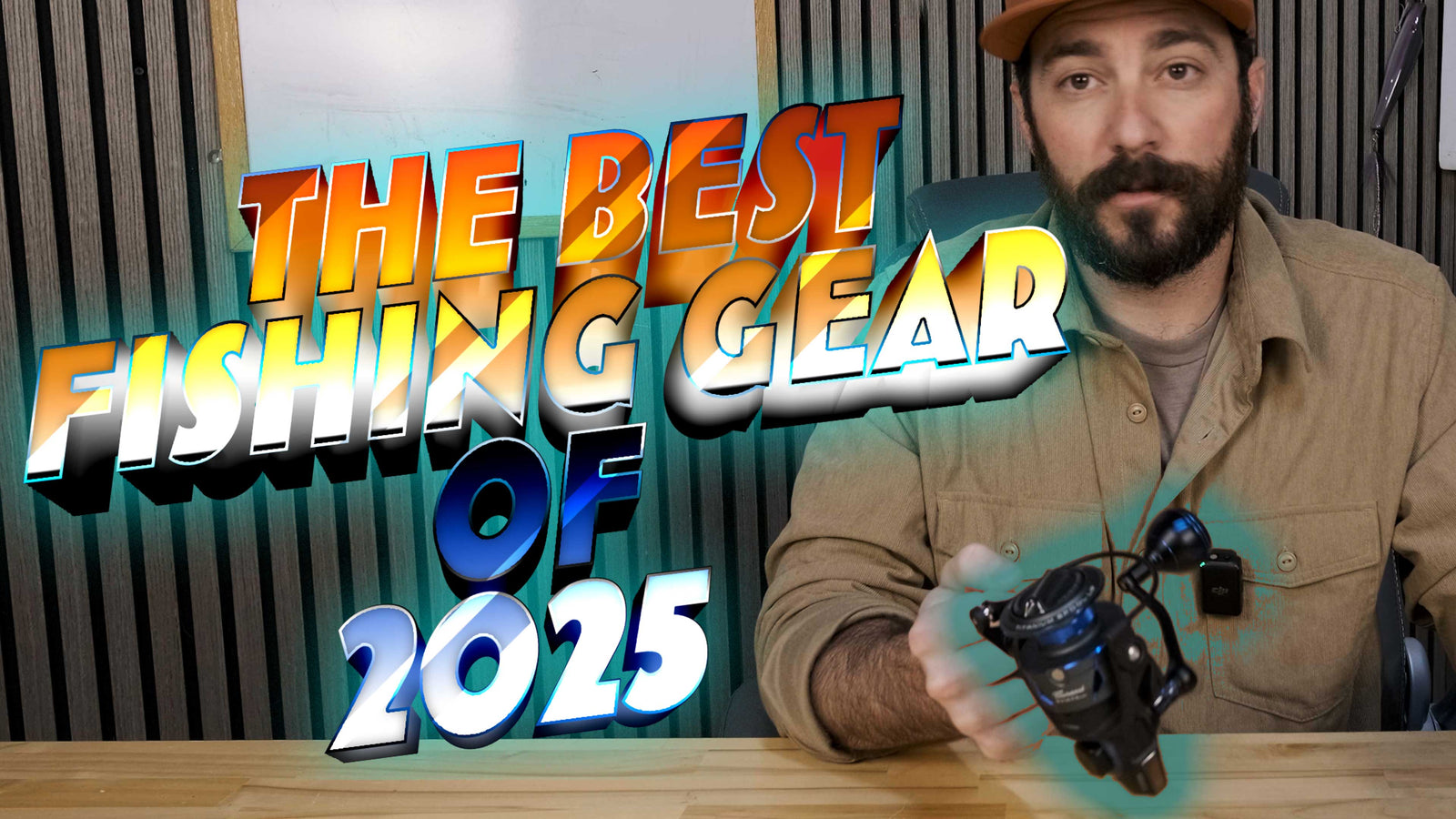
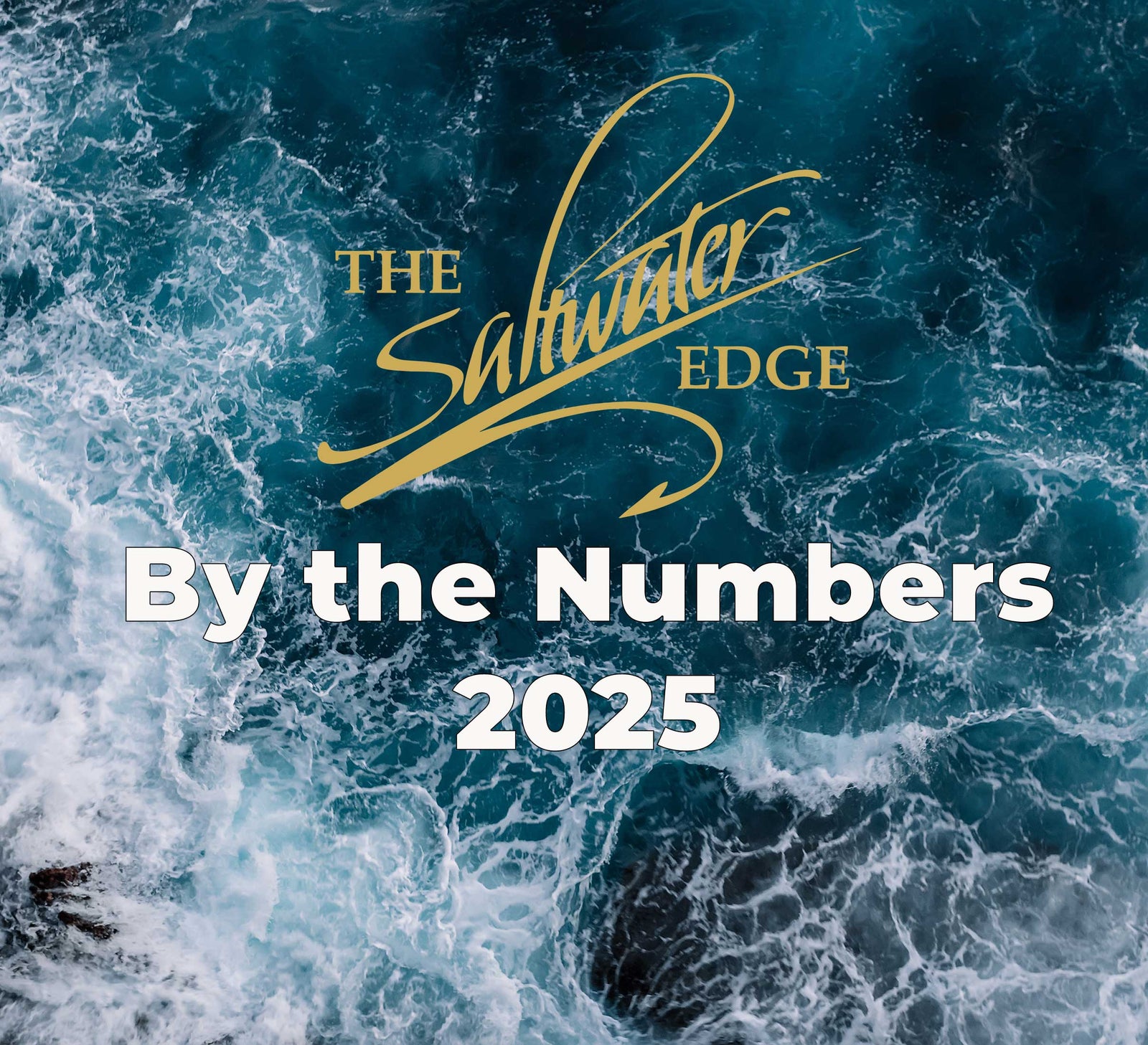

JIm G
February 20, 2024
I had been contemplating jetty fishing for tog for a couple of years. Tried last year with no luck. This past November in OC Maryland I finally waited until an hour before tide change in the inlet and found success! Such fun. Fished until two hours after tide change when the current got too strong again. Caught a number of shorts and one keeper. I’ll now save the fast current for casting to stripers and blues, and the slack tides for tog and sea bass.